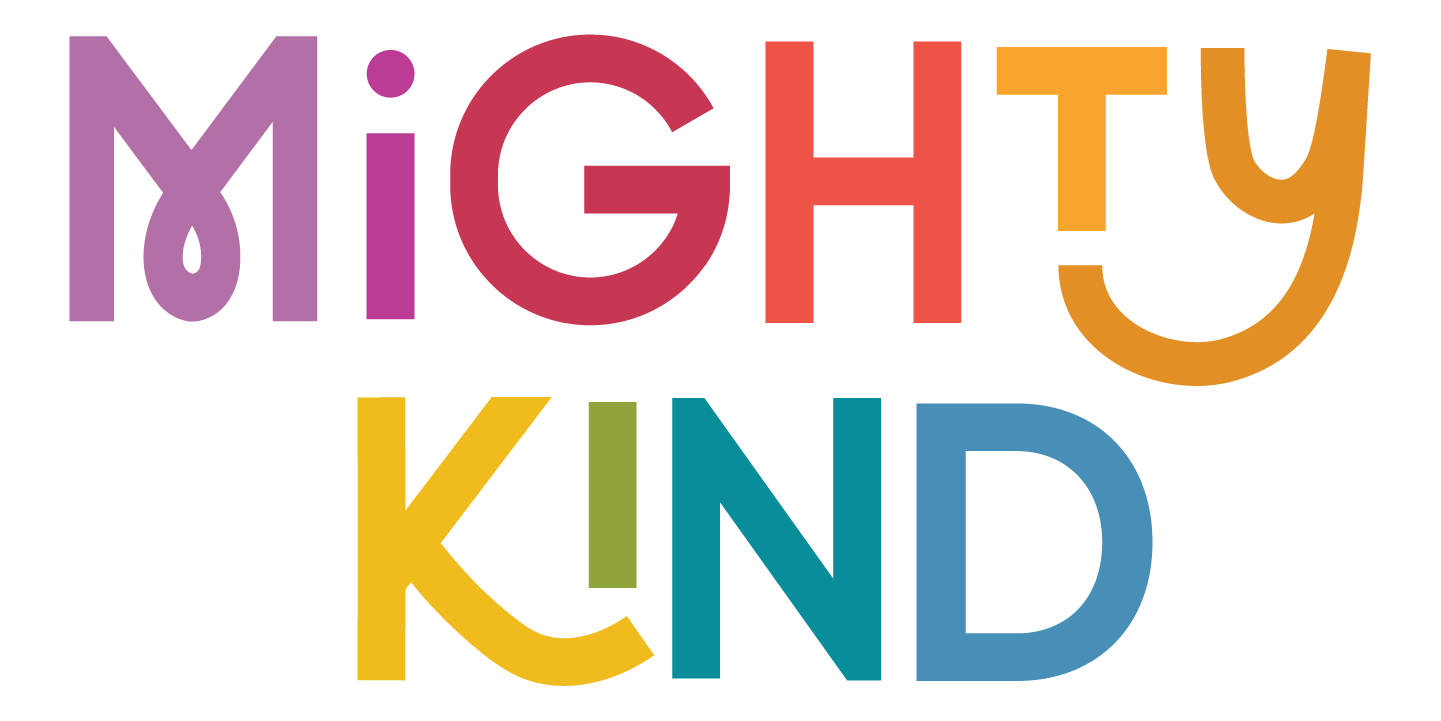Including Kids in Conversations About Cultural Appropriation
Even for many adults, cultural appreciation and cultural appropriation can run a fine line and be hard to understand. The distinguishing factor is typically intent. So if you are here ready to learn more, you are off to a good start. But there are still a number of ways that you, as an adult, can make more educated decisions when it comes to respecting and celebrating a culture other than our own.
Let’s start with a definition:
The Oxford English Dictionary defines cultural appropriation as “The acknowledgment of inappropriate adoption of the practices, customs, or aesthetics of one social or ethnic group by members of another (typically dominant) community or society.”
So basically, when someone of the dominant culture is cherry picking aspects of minority culture for their own enjoyment without taking the responsibility of having informed intent, giving credit, or respecting cultural significance, we have cultural appropriation. This is a problem as it continues the oppression of non-dominant cultures, treats them like they are novelty, and perpetuates stereotypes.
On occasion there may be a fashion trend, costume, or other artifact reflecting another culture that your child has expressed interest in. These will be teachable moments to work through how to best ensure a course of action that is appreciating and respecting that culture. This is a problem as it continues the oppression of non-dominant cultures, treats them like they are novelty, and perpetuates stereotypes.
So what does a cultural appreciation work-through look like and how can we get our kids involved? Here is a four-step process:
Learn and Listen
Consider your Context
Properly Place Profits and Recognition
De-Center Yourself
Step 1: Listen and Learn
Be sure that you are doing your own research from reputable sources about the history, meaning, and context of the tradition, clothing, or artifact you’re looking into. Make sure you understand the significance it has in its original culture and what the best practice is to respect that. Have conversations with several members of that particular cultural community. Ask for permission. No one culture is a monolith, meaning be prepared to get some differing and possibly even conflicting feedback as you have these conversations. Kids are great at asking questions, so be sure they are included in this research! We all know a kid who ask “why” a million times… this is their time to shine!
Step 2: Consider Your Own Context
As you are listening and learning, start asking yourself and your child questions about why they are drawn to this particular culture or artifact. Is it just to be “on-trend” as others are doing it or because they saw it in a movie and want to copy it? What feelings do they have when they think about this culture as a whole? Are there better ways of appreciating this culture without potentially walking so close the appropriating line?
Step 3: Properly Place Profit and Recognition
If your intent is to truly celebrate and honor another culture, then you should be showing your respect by giving credit where credit is due and supporting that culture in gratitude for its contributions. Specifically, when you make purchases your dollars should be benefiting the original culture directly. The extra steps it may require to find a shop or maker to purchase from is where your intentions are turned into action. It is amazing to watch children at this step when they have done their research, have leaned into their true motivations, and then get the chance to connect with someone of that culture!
Step 4: De-Center Yourself
Things aren’t always going to work out the way you had hoped. Remember that it is not about you. You may find that even with good intentions, you may get overwhelming feedback in research or conversations that you would be perpetuating stereotypes or disrespecting something culturally sacred in some way if you move forward. It’s okay for kids (and adults!) to be disappointed and still feel good about being respectful at the same time. If you look back and realize you’ve made mistakes, be willing to use those as examples with your kids. Children love to see that we are learning alongside them and that mistakes can be fixable. Talk through the possibilities of fixing that mistake or what a better choice is, now that you know better. While intentions are important, the impact our choices have should always take the spotlight.
Including your children in the process of ensuring cultural appreciation is such a rewarding exercise in developing compassion while increasing cultural curiosity! For more opportunities to foster empathy and learn about diverse cultures around the world, pick up a copy of Mighty Kind magazine!

